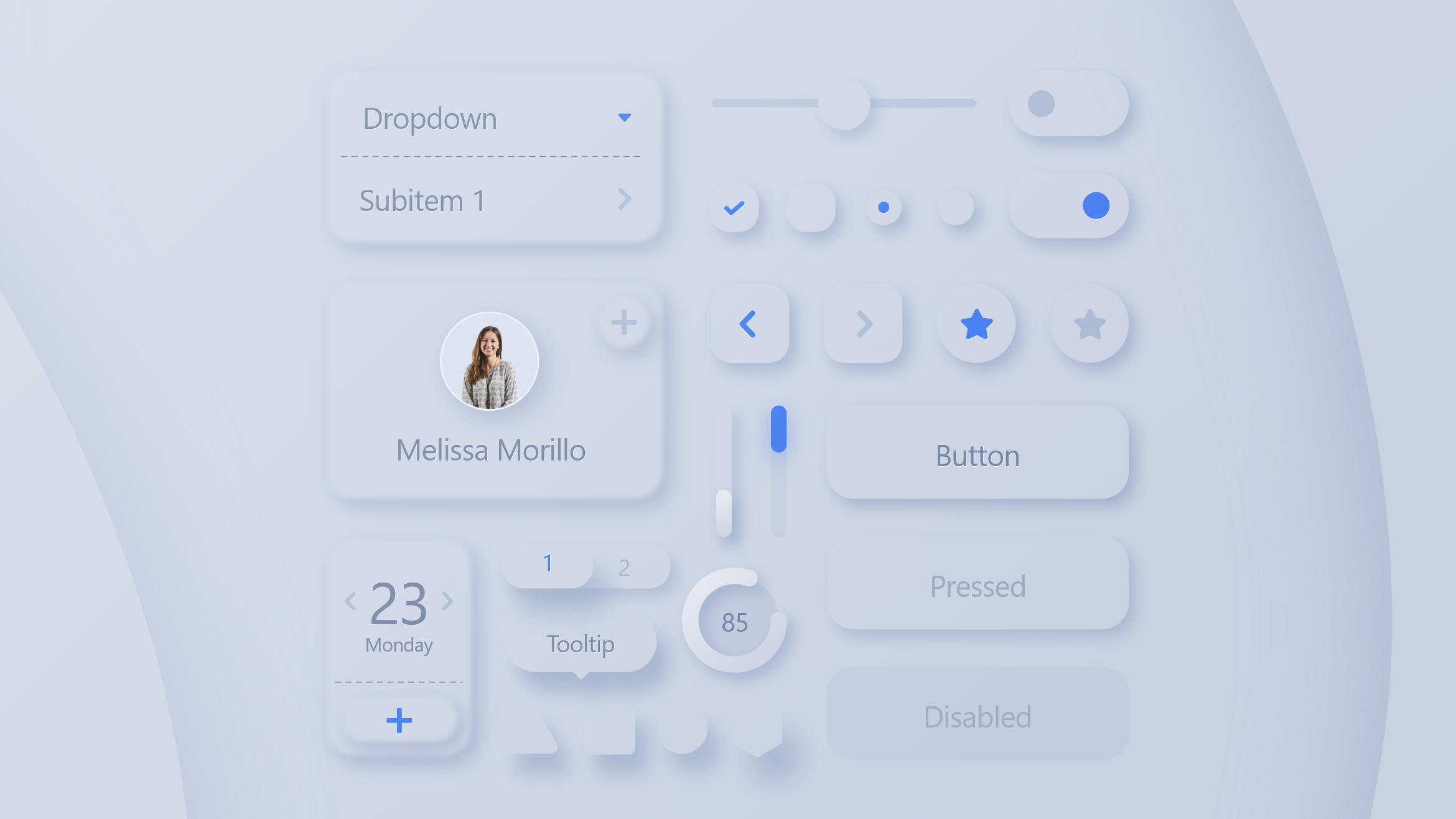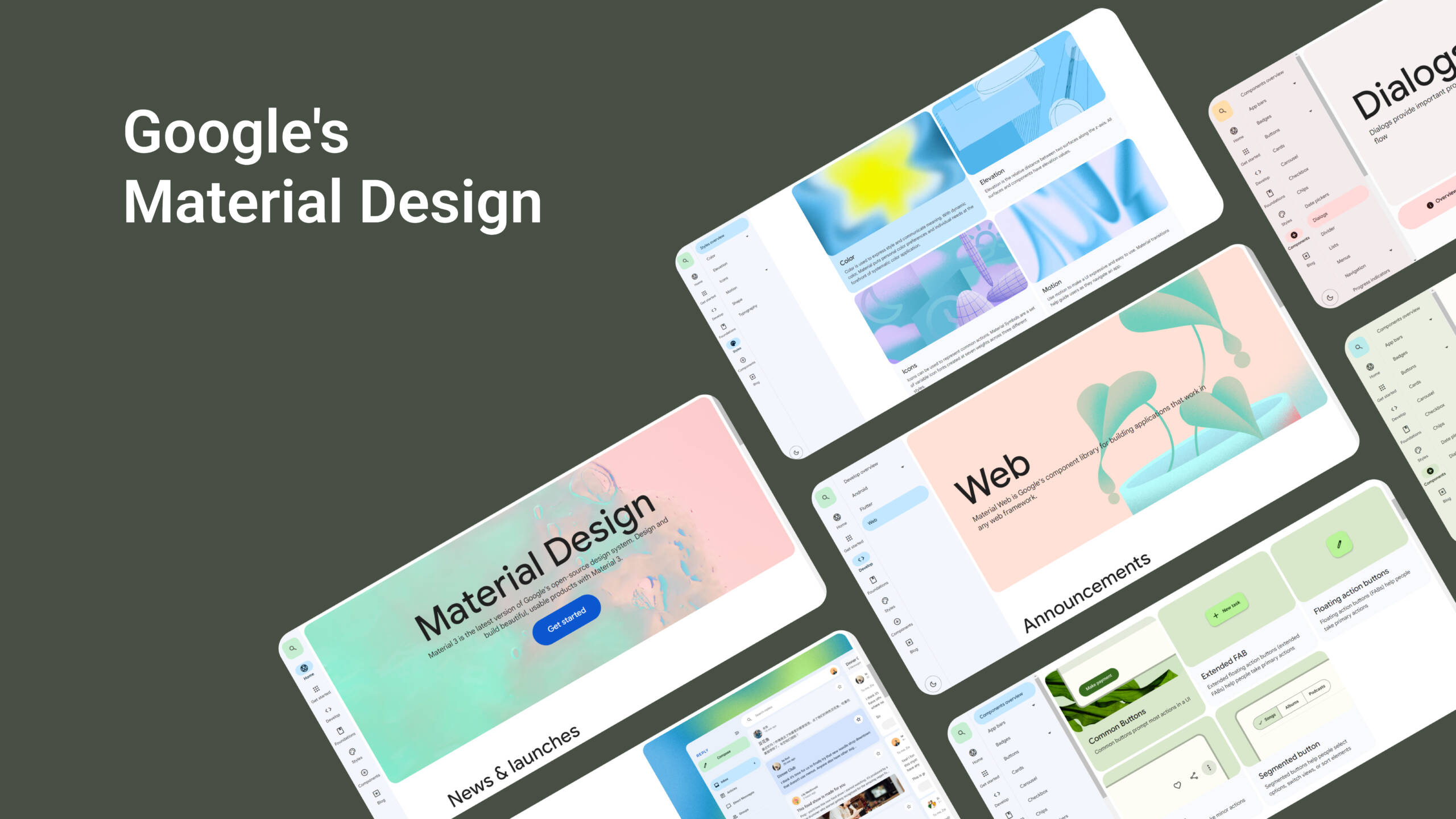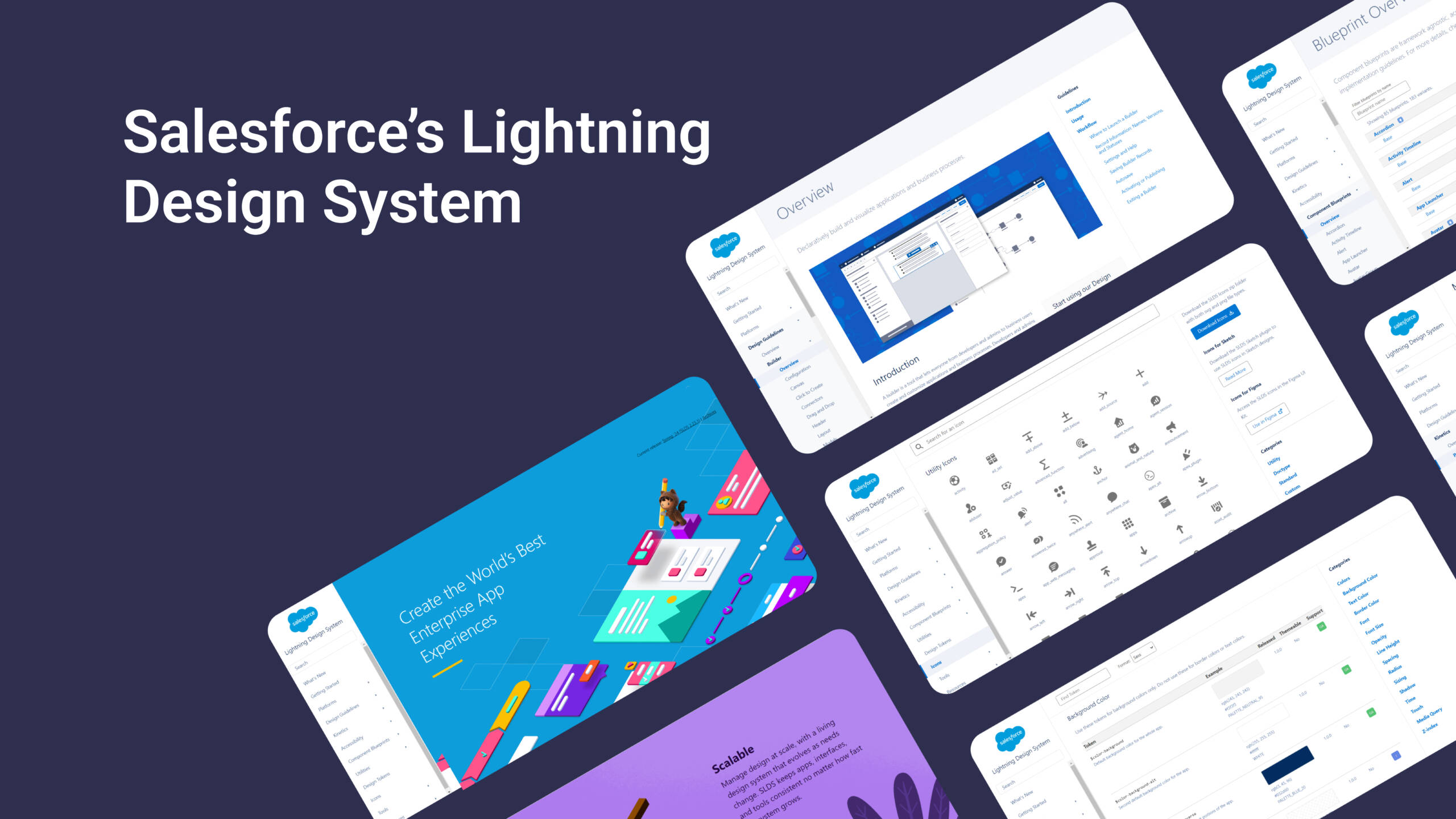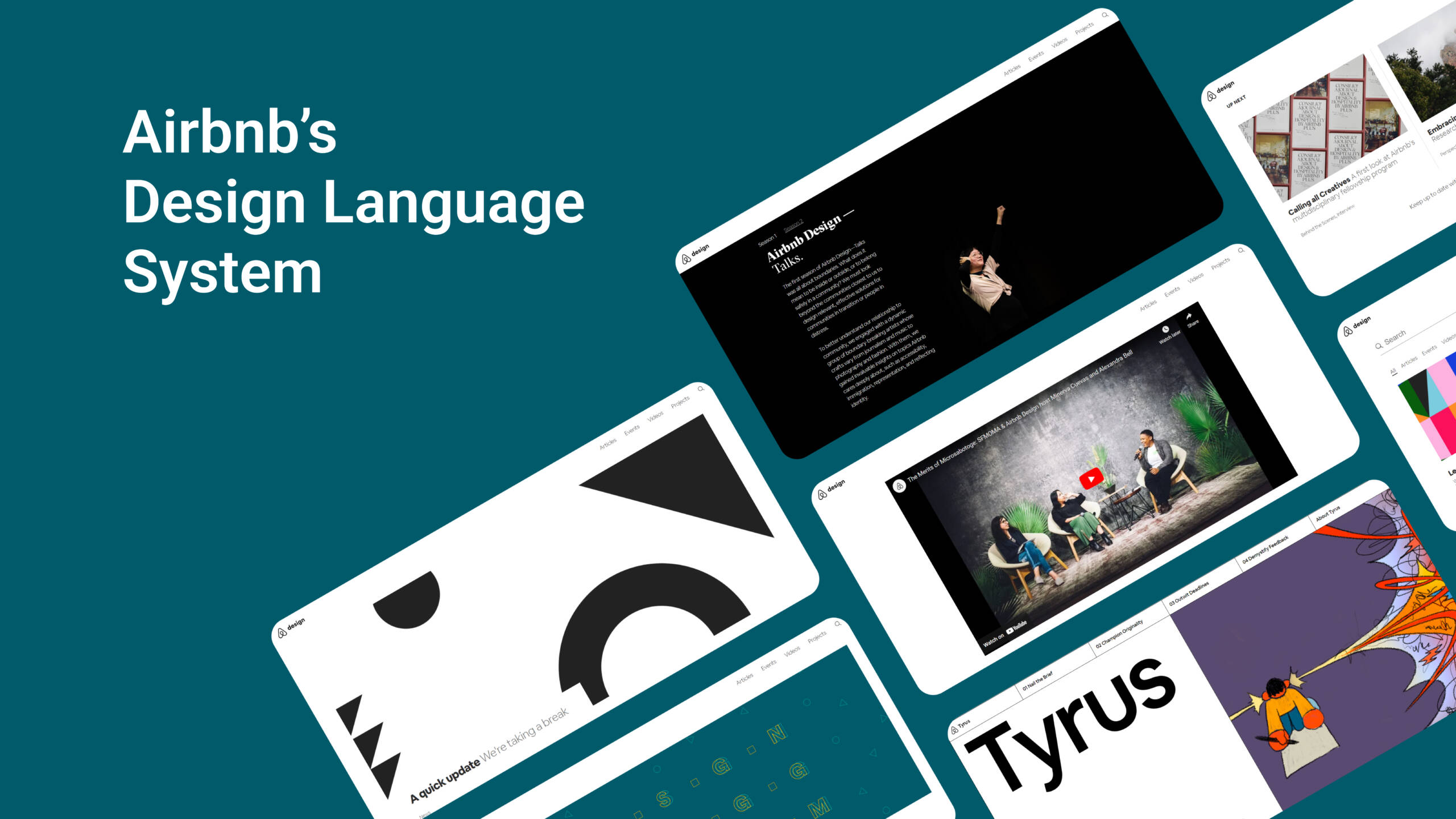In the rapidly evolving landscape of digital design, the pursuit of exceptional user experiences (UX) has emerged as a pivotal factor in determining the success or failure of any product or service. One strategy that has garnered significant attention and adoption in recent years is the implementation of design systems.

Serving as the foundation of UX, design systems offer a structured approach to design and development, ensuring consistency, efficiency, and scalability across various platforms and devices.
In this comprehensive exploration, we delve into the concept of design systems, emphasizing their profound significance in delivering unparalleled user experiences.
Understanding Design Systems
Design systems represent an interconnected framework of components, guidelines, and best practices that delineate the visual and functional aspects of a product or brand. Functioning as a centralized resource, they provide invaluable guidance to designers, developers, and stakeholders, facilitating the creation of cohesive and harmonious user experiences. At the heart of a design system lie:
Design Tokens: These elemental units constitute the foundational building blocks of design systems, encompassing elements such as colors, typography, spacing, and layout. By standardizing these fundamental attributes, design tokens establish a cohesive visual language that permeates throughout the entire product ecosystem.
- Components: Serving as reusable modules, components enable the assembly of user interfaces with remarkable efficiency and consistency. Ranging from basic elements like buttons and input fields to more intricate structures such as navigation menus and cards, components empower designers to construct interfaces that are both visually captivating and functionally robust.
- Guidelines and Documentation: Comprehensive guidelines and documentation form an integral part of design systems, elucidating usage rules, design principles, accessibility standards, and other crucial considerations. By providing clear directives and best practices, these resources foster alignment and ensure adherence to established standards across diverse teams and projects.
Benefits of Design Systems
Implementing a design system offers a multitude of advantages for both design teams and businesses, extending far beyond mere aesthetic considerations. Let’s delve deeper into the comprehensive benefits that design systems bring to the table:
1. Consistency
- Establishes a Unified Brand Identity: Design systems ensure that all digital touchpoints, including websites, mobile apps, and other platforms, adhere to a consistent visual and tonal identity. This unified branding fosters recognition and trust among users, reinforcing brand loyalty and affinity.
- Enhances User Experience: Consistent design elements and interactions across various interfaces create a seamless and intuitive user experience. Users can navigate through different features and functionalities effortlessly, reducing cognitive load and enhancing engagement.
- Builds Trust and Credibility: Consistency instills confidence in users, signaling reliability and professionalism. By delivering consistent experiences, design systems strengthen trust in the brand, encouraging repeat visits and purchases.
2. Efficiency
- Streamlines Design and Development Processes: Design systems provide a library of reusable components, design patterns, and guidelines, streamlining the design and development workflow. Designers and developers can leverage pre-defined assets and standards, reducing redundant work and speeding up the production cycle.
- Facilitates Cross-Team Collaboration: By establishing a shared language and understanding, design systems promote collaboration among cross-functional teams, including designers, developers, product managers, and stakeholders. This collaboration fosters alignment and synergy, driving collective innovation and problem-solving.
- Accelerates Time-to-Market: The efficiency gained from utilizing design systems enables teams to iterate and deploy new features and updates more rapidly. This agility in development not only keeps the product competitive but also allows businesses to respond quickly to market changes and user feedback.
3. Scalability
- Adapts to Evolving Needs: Design systems provide a scalable framework that can evolve and adapt to changing business requirements and user needs. As products and brands grow and expand, design systems accommodate new features, functionalities, and platforms, ensuring consistency and coherence at scale.
- Facilitates Iterative Improvement: The modular nature of design systems allows for iterative improvements and refinements over time. Designers can update and iterate on existing components and patterns, continuously enhancing the user experience based on feedback and data-driven insights.
- Supports Future Growth: By providing a flexible and extensible architecture, design systems future-proof the product ecosystem against technological advancements and market shifts. This scalability enables businesses to stay ahead of the curve and maintain relevance in a rapidly evolving digital landscape.
4. Collaboration
- Fosters Alignment and Empowerment: Design systems promote alignment and empower teams to work cohesively towards shared goals and objectives. By providing a centralized source of truth, design systems ensure that all stakeholders are on the same page, fostering a culture of collaboration and accountability.
- Encourages Innovation and Experimentation: Design systems provide a solid foundation that empowers designers and developers to explore new ideas and experiment with innovative solutions. By removing constraints and providing a framework for creativity, design systems stimulate innovation and drive continuous improvement.
- Enhances Communication and Transparency: Design systems facilitate clear communication and transparency by documenting design decisions, guidelines, and best practices. This transparency fosters trust and understanding among team members, enabling more effective collaboration and decision-making.
Examples of Design Systems
Several industry-leading companies have successfully implemented design systems to deliver unparalleled user experiences:

- Material Design stands as a comprehensive design system developed by Google, characterized by its emphasis on consistency, usability, and accessibility across all Google products and platforms.
By providing a robust set of guidelines, components, and resources, Google’s Material Design empowers designers and developers to craft visually captivating and intuitive interfaces that resonate with users.

- Salesforce’s Lightning Design System serves as a foundational design framework that underpins the user interface of Salesforce products. Boasting a rich library of components, design patterns, and guidelines, the Lightning Design System ensures a cohesive and user-friendly experience for Salesforce users, driving increased adoption and satisfaction.

Airbnb’s Design Language System (DLS) epitomizes a unified system that governs the design and development of Airbnb’s digital products. Comprising design principles, components, and tools, the DLS empowers teams to create consistent and delightful experiences for hosts and guests alike, reinforcing Airbnb’s brand identity and fostering trust and loyalty.
In summation, design systems serve as an indispensable tool in shaping exceptional user experiences by providing a structured approach to design and development. Through their establishment of consistency, efficiency, and scalability, design systems enable teams to deliver cohesive and user-friendly interfaces that resonate with users and drive tangible business results.
As businesses increasingly prioritize UX as a competitive differentiator, the investment in design systems has become not merely advantageous but imperative for success in today’s rapidly evolving digital landscape. Embracing the principles of design systems empowers organizations to navigate the complexities of digital design with confidence, delivering experiences that delight users and drive sustained growth and innovation.



